Author: Jan Tang
-
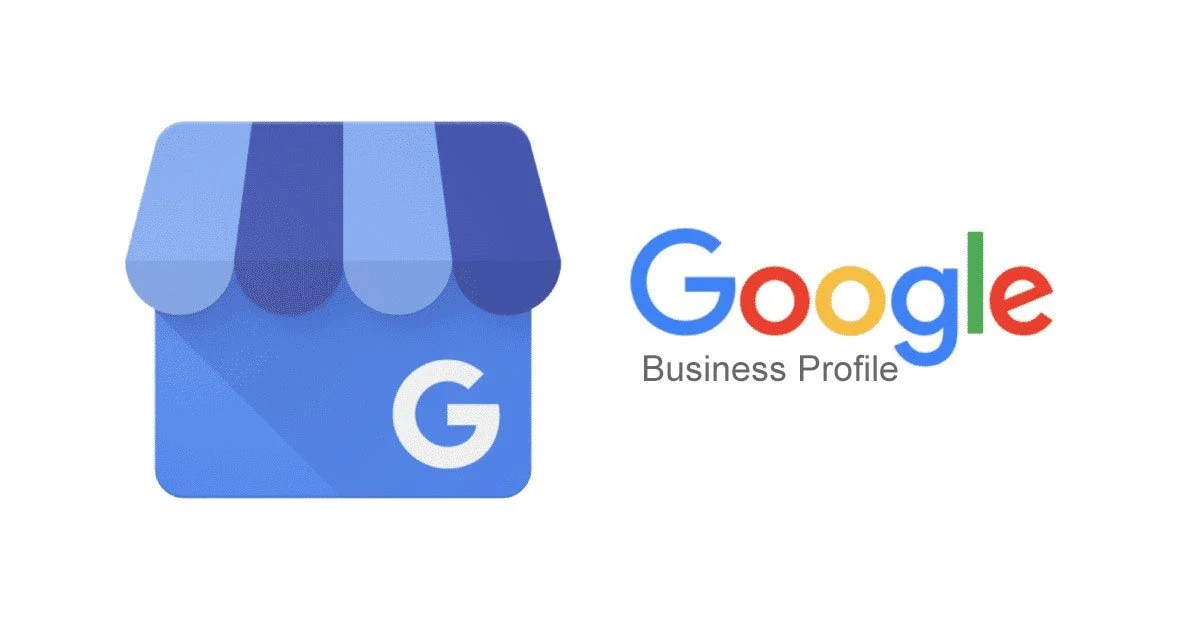
Assign Google Business Profile Manager Access Rights to Others
About Google Business Profile Manager (GBPM) Google Business Profile Manager (GBPM) is a free online dashboard that allows businesses, particularly those with multiple locations, to manage their online presence across Google services like Search and Maps. It provides a centralized location to add and update essential business information, upload photos, respond to reviews, create business…
-
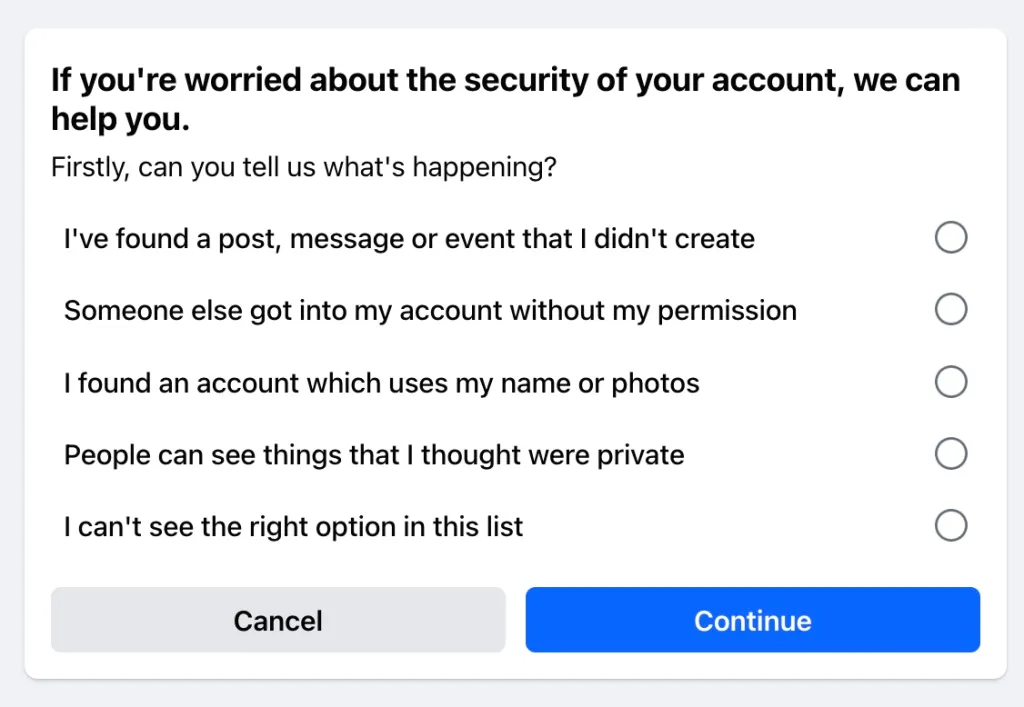
How to recover a hacked Facebook Account
-

DDM Group Terminology
DDM Group Company Google Drive bGraph Interface While bGraph is referring to the Enterprise Knowledge Management System, the wording “Interface” means how following objects interacts each other to form a bipartite relationships: DDM Group had classified 7 interfaces layer as below: Theoretical Model Theoretical Model is one of the Interface Layers in bGraph. It caters…
-
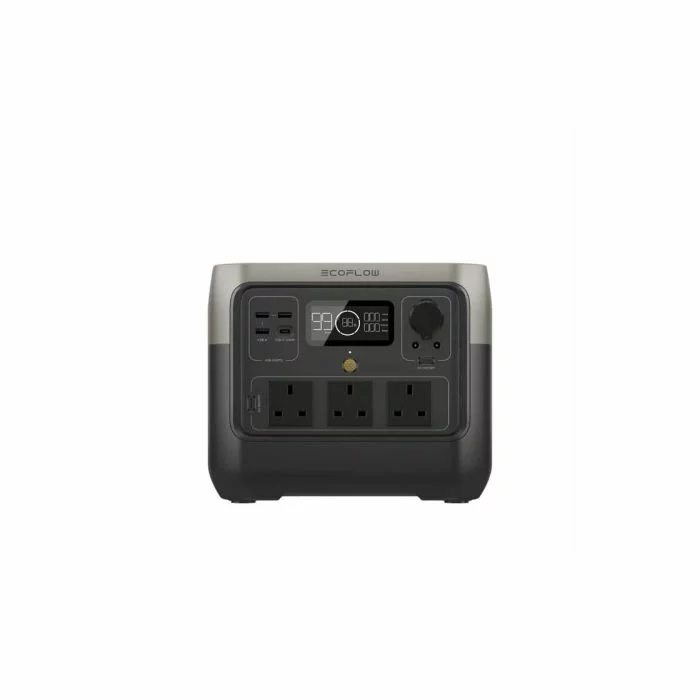
Employe Benefit Equipment of Portable Power Station User Guideline
CAUTION Please read carefully and understand every single words inside the paragraph before you use the portable power station. Disclaimer DDM Group shall not be held responsible or liable for any loss, theft, explosion, or damage caused by the portable power station, nor for any third-party liabilities arising from such incidents. Furthermore, DDM Group will…
-
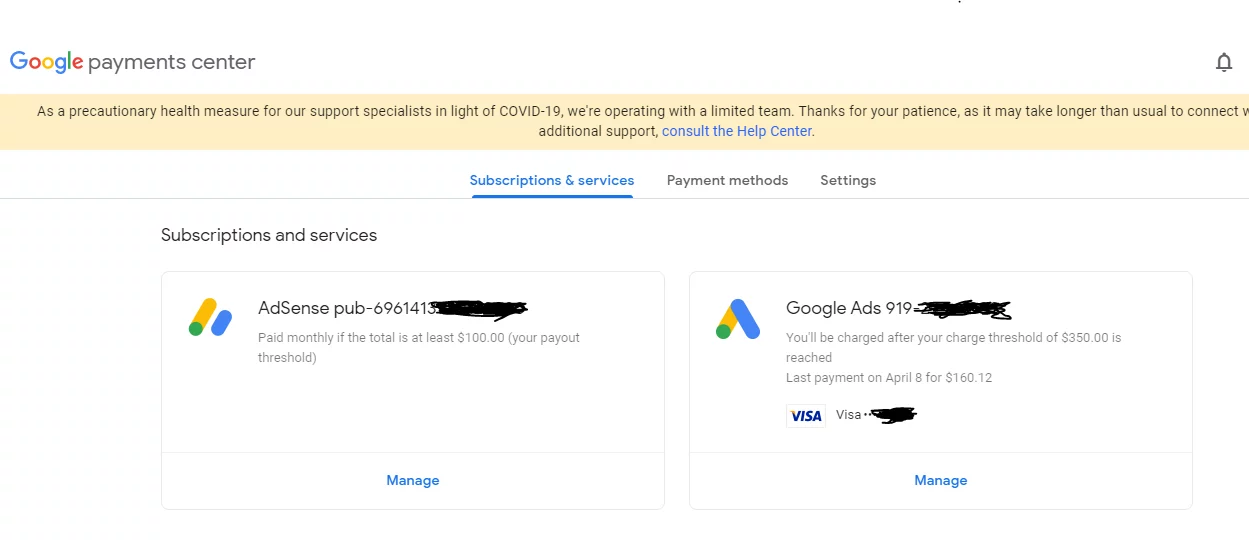
Assign Admin Access Rights of Google Payments Center to Others
Definition Google Payments Center Access Rights Prerequisite Prepare the following materials before you (as an assignor) can assign the access rights to others: Decide which Gmail Address to use Decide which Permissions to assign (Can choose more than one) Get the GMAIL Address of the Assignee Step By Step Guideline on assigning Access Rights of…
-

How to Assign Remote Desktop Access Rights to Technical Support
Definition What Problems Remote Desktop Access Solves Step By Step – As a Assignor Prerequisite Step By Step Step By Step – As a Assignee Prerequisite Setup Process for the Assignor (Granting Access) Step 1: Install Chrome Remote Desktop Step 2: Enable Remote Access Step 3: Share Access with the Assignee Step By Step –…
-
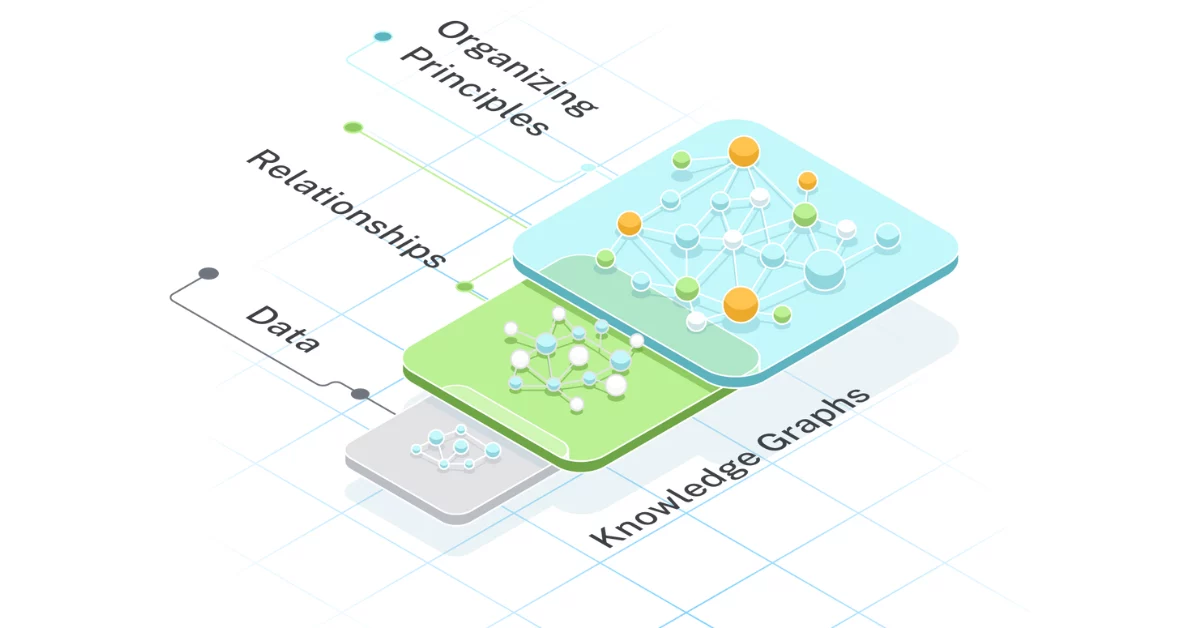
Data Schema of Relational Table Importing to Graph Database – Execution
Introduction In the earlier article titled Data Schema of Relational Table Importing to Graph Database – Dimensionality, we explored how to observe real-world data and transform it into a digitised format within a Relational Database. The greater the dimensions we account for, the higher the fidelity with which the Relational Database represents reality. In this…
-
Data Schema of Relational Table Importing to Graph Database – Dimensionality
Definition Relational Table The Table is the fundamental components inside a Relational Database which stores data in tabular format using Column and Row to coordinate a specific Value (i.e. the Cell). Form and Table (i.e. Tabular format) are everywhere in your daily life. Data Schema in Relational Database A data schema in a Relational Database…
-
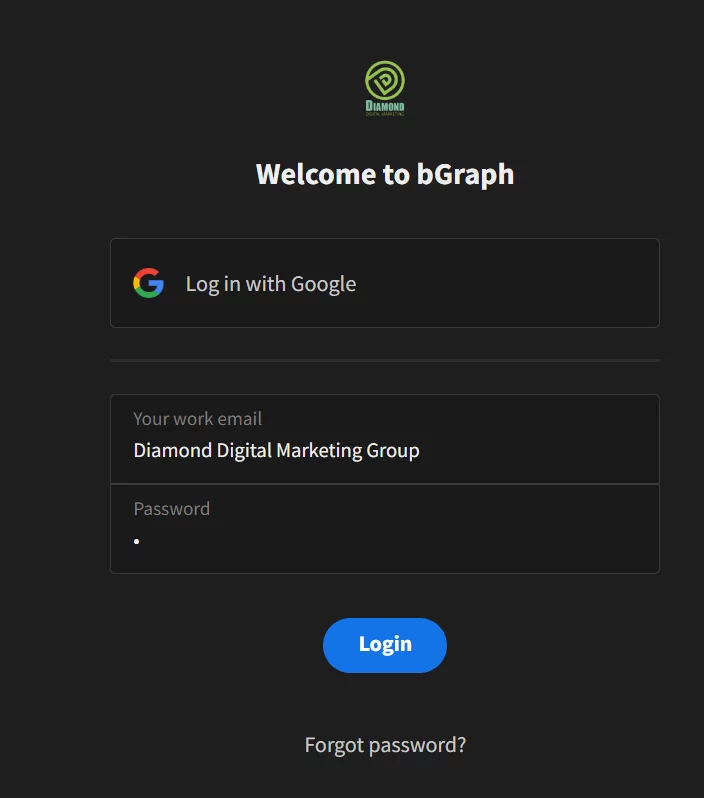
What Problem Patterns bGraph Is Going to Solve
Introduction bGraph is an SaaS developed in-house by Diamond Digital Marketing Group which can be categorised as a GraphRAG web application serving as an Enterprise Knowledge Graph. To better understand what GraphRAG exactly is, it is imperative for us to start with a real world problem pattern Real World Problem Patterns The definition of profit…
-
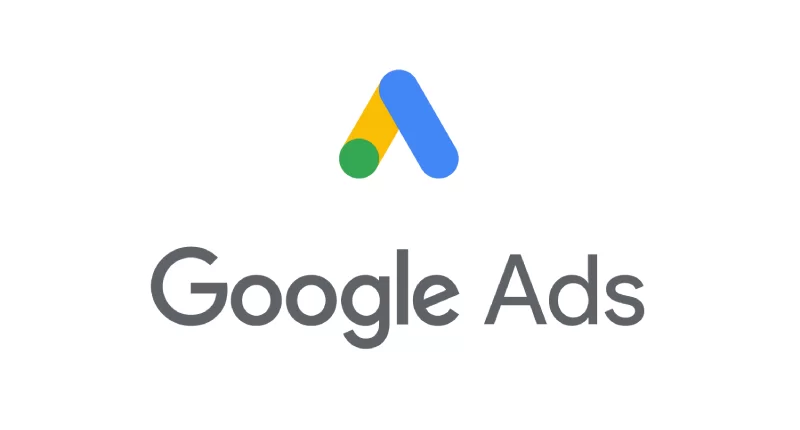
Assign Youtube Studio Access Rigths to Others
Definition Google Ads Google Ads is an online advertising platform developed by Google, where advertisers can create ads to promote their products, services, or content. These ads can appear across Google’s vast network, including the Google Search results, YouTube, Gmail, and various websites within the Google Display Network. Google Ads , Google Marketing Platform and…